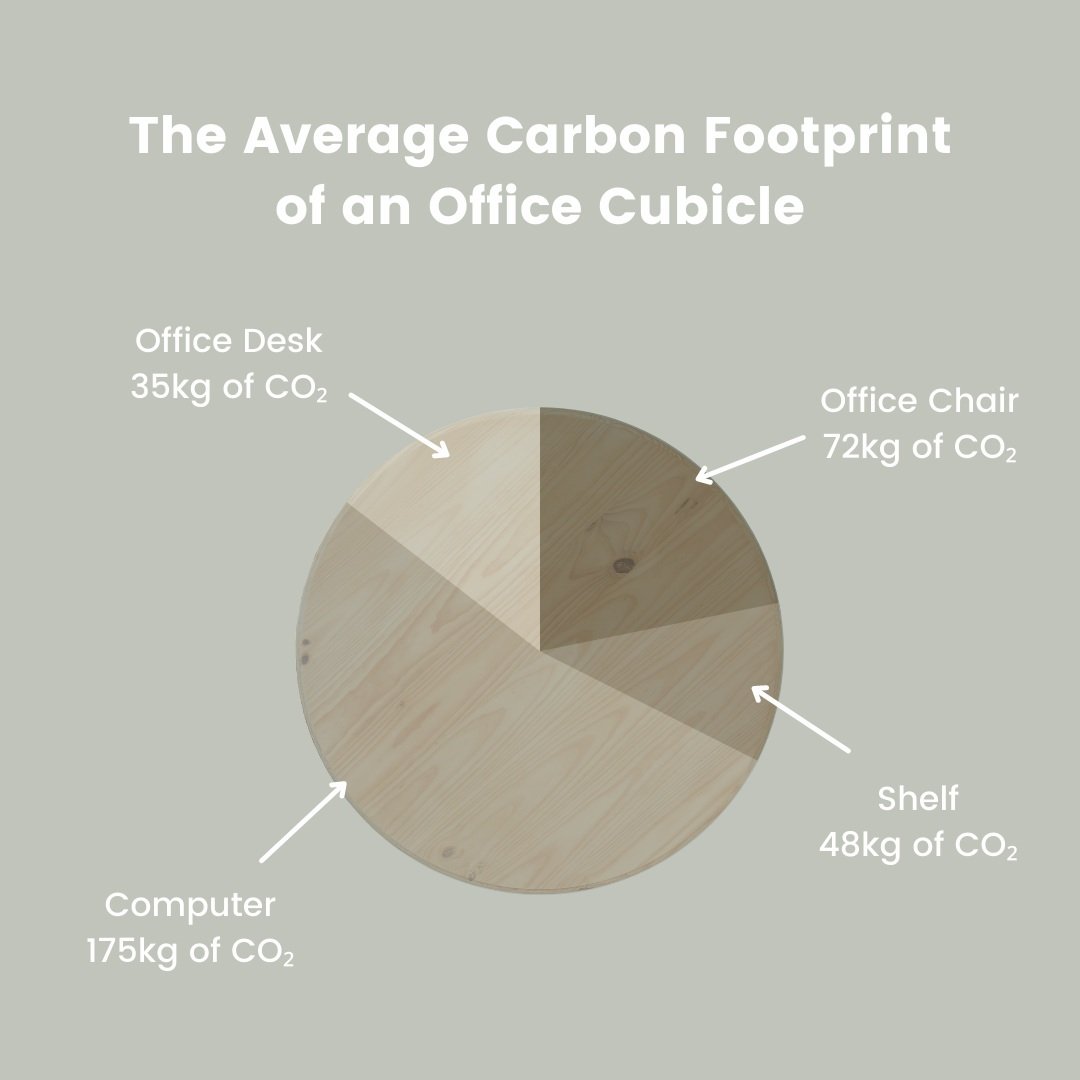The Impact of Remote Work on the Environment
Nearly 5.1 million Canadians now work remotely.
Since the beginning of the COVID-19 pandemic, many homes have turned into office spaces, as the usual work environment has changed drastically. Employees are now setting up their own home offices, purchasing their own office desks, chairs and stationery to be fully equipped to work remotely.
In the modern workforce, offices are being emptied of staff as more and more companies go remote. This has resulted in office equipment sitting unused in empty offices. As a result, Landfills have accumulated at rapid speed, filled to the top with office equipment.
But remote working is supposed to be good for the planet… right?
In this blog, we are going to take a look at the impacts of working remotely, how it can help the environment but also how it can be hurtful.
The Positive
By working from home, not only are you providing a better work-life balance for yourself, but you are also reducing your carbon footprint. Why? Working from home helps to cut down on the commuting time you spend each day, this reduces the number of emissions that would have been produced by your journey to and from work.
While working at the office, people are typically more likely to waste more energy. Think about all of the computers left on standby when employees leave for the day or all of the lights left on when someone leaves a room. By working from your own home, you are more likely to act more environmentally conscious as you know who is paying the bills.
The amount of plastic we use is also significantly decreased as a result of working from home. On the way to work, you might pick up a coffee and a sandwich for lunch. Just think about all the packaging you are avoiding by making your own food at home.
So yes, there are some benefits to working remotely (not just that you can work from your couch) but benefits to the environment. But you know what? There are also some drawbacks.
The Negative
As mentioned above, working from home has forced employees to create their own workspaces. This involves purchasing a desk, a chair, a whiteboard, a desk lamp and so much more that was not a necessity before. What once was office spaces full of furniture and people now sit empty or untouched. In 2020, there were 4 million square feet of vacant office space in Canada’s downtown office markets.
With all of this empty space, you are probably wondering where all of the furniture has ended up. The answer is landfills. Landfills have seen a significant increase in office furniture since the beginning of the pandemic as people no longer have use for it. Many of this office furniture contains hazardous chemicals that take years to decompose and ultimately hurt the environment.
If you are curious just how much of an impact these items have on the environment, let’s take a moment to look at the estimated average carbon footprint of an office cubicle.
With these items alone, the average carbon footprint of an office cubicle is 330 kg or 727 lbs. This is the serious impact remote work has on the environment. When these items end up in landfills, they take almost 13 years to decompose. As one of the most commonly used materials in commercial settings, office furniture has a significant impact on the environment.
However, there are a number of measures that businesses can take to manage these environmental impacts and ensure that they are making a positive difference in their community. If your office is making the transition to working remotely, consider ways to responsibly manage your waste through a circular economy approach.
More and more people are working from home and the impact on the environment is hard to ignore. At the end of the day, we can’t control that we have to work from home, but we can change how we dispose of the items we no longer use.
HYON offers a great solution to this issue of net new office furniture ending up in landfills. We work with organizations to extend the life of their surplus assets before they can end up being thrown away.
If you are in need of assistance in managing your organization’s surplus assets, visit our Enterprise page to learn more.


